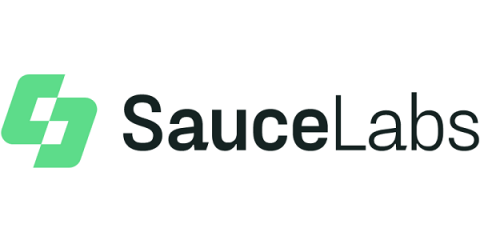Why & How to Contribute to Open Source Projects?
Open-source projects or open-source software is probably not a new term. In the past decade, open-source software contributions have been on a steady rise resulting in frequent releases, improvements and newer software. This is what open-source is. The software is for everybody to use, contribute or provide any help that they want. Keeping development and usage aside, a lot of people do want to contribute to open-source projects but are not sure where to start.










